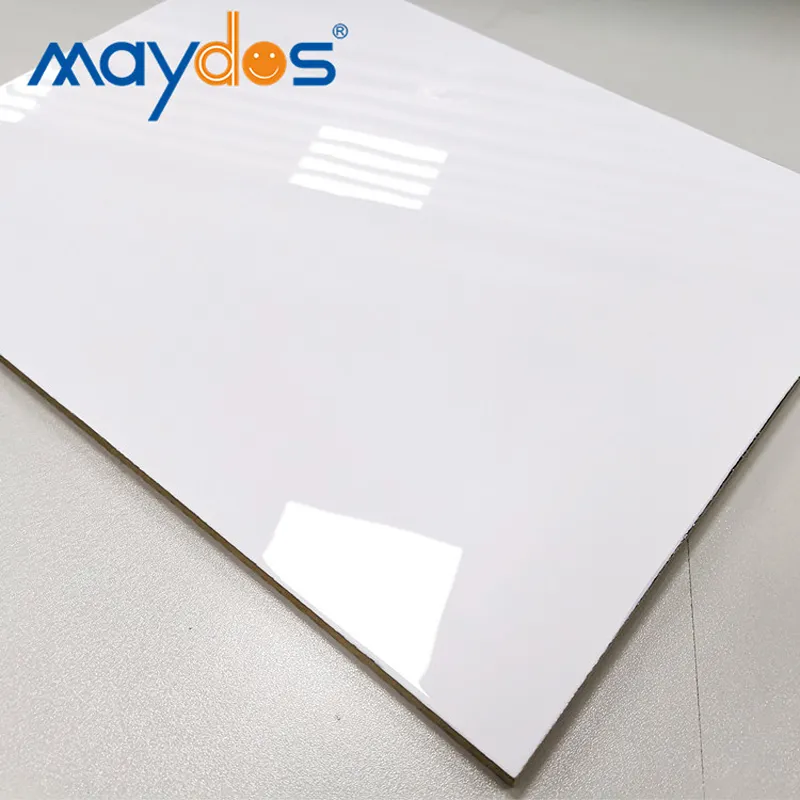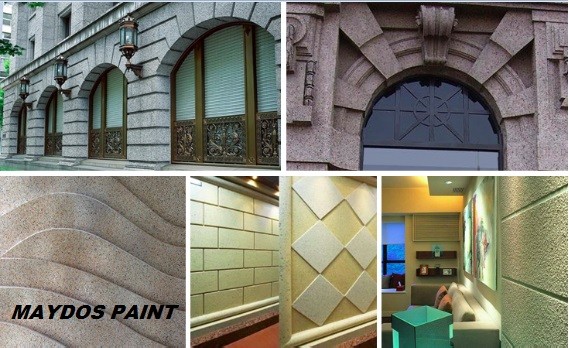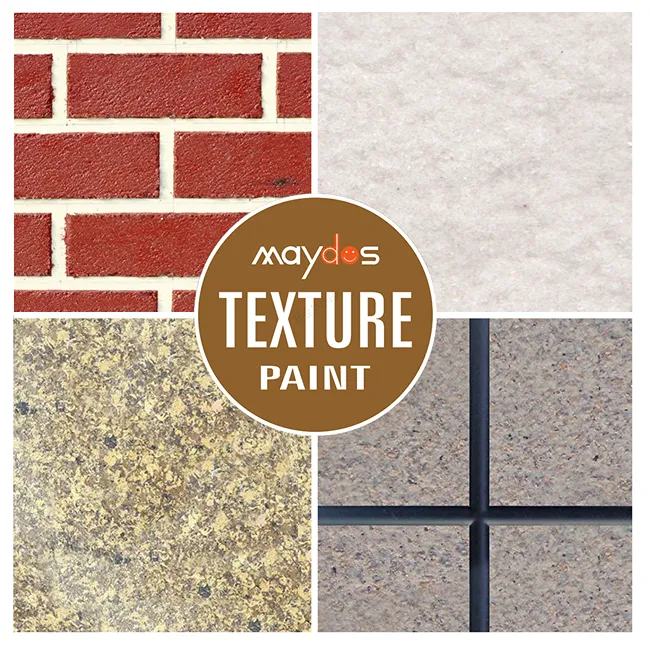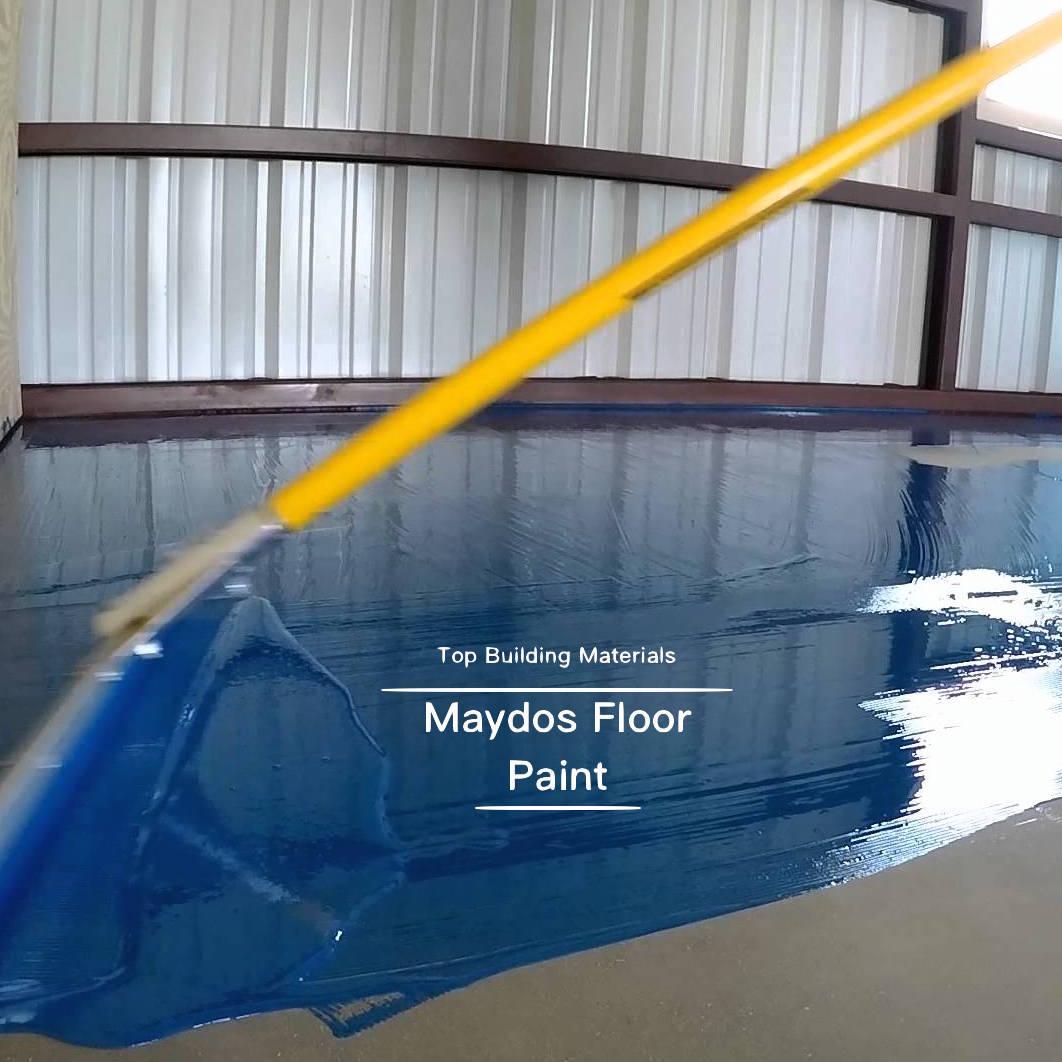Coating Factory
Whether you are painting cars, boats, airplanes, or other structures, a Coating Factory can give your finished products the look they deserve. These highly controlled environments allow factory coatings to be customized to the surface being painted. The process also allows you to customize your paint to match the environment, so the result is a perfect finish. Here are some tips to start your own Coating Factory. Listed below are some of the things you need to have set up.
Spray booth
A spray booth provides a controlled environment for the spraying process, which in turn helps the coating dry faster and prevents paint from settling on the surface. This type of environment is crucial for coating processes because paints and solvents can carry far and pose a threat to workers’ health. This type of booth features filters that collect and contain these materials. Choosing a spray booth for your factory will make the entire process safer and more efficient.
To create a high-quality spray booth, it is important to consider the dimensions of the entire facility. For instance, you must consider the length and width of the largest section of the coating factory. Remember to allow for racking, trolleys and pallets. The space between the various components should be at least 90 cm apart. Although new spray booths can be expensive, used or refurbished versions can meet all your requirements and save you money.
An effective spray booth will be able to regulate the air temperature for both the spraying and drying phases. Typically, the spray booth will be fireproof, explosion-proof, and intrinsically safe. It will also be used for surface preparation and coating activities. Aside from the safety benefits, the use of a spray booth is also necessary for various reasons, such as worker comfort, temperature regulation, and vapor confinement. If your factory uses a spray booth, make sure that your employees and the general public are safe in it.
Adding a spray booth can improve the efficiency of the painting process. Paint spray booths can help reduce paint prep time and minimize overspray, while at the same time increasing productivity. The booth is a versatile tool that can be used in many industries. For example, it is used to apply a variety of paint finishes, stains, and protective coatings. There are different types of spray booths available, each with their benefits and drawbacks.
Powder coat gun
The powder coat gun at the Coating Factory has a number of different features. The gun has two voltage settings, making it convenient for shooting two different types of coats. The gun also comes with a roll of high-temp tape and masking plugs. These two features are important for a successful powder coating job. The manual provided by the Coating Factory skips over some important points. It’s helpful to know how to set the gun so that you can achieve the desired results.
This model has an amperage setting of 12 to 15 kV. The amperage range affects the efficiency of the transfer of powder to a surface. A higher KV setting helps to coat areas with curved surfaces and parts. One gun with a higher KV setting is recommended for parts that are hard to coat. Another type has a lower voltage setting that’s more suitable for smaller pieces. Both are suitable for a wide range of applications.
A powder-coat gun at the Coating Factory uses electrostatic charges to apply the coating. The powder is fed into the electrostatic gun by a feeder unit. The gun then emits the charged particles in a cloud. These particles adhere to the surface. The powder coat gun will produce a coating as thick as the paint that is applied with the help of the electrostatic charge. This type of coating is environmentally friendly and can be very effective for large-scale production.
The electrostatic method is the most common and most popular form of powder coating. It involves spraying powder on a surface with a positive electrical charge. Electrostatic spray guns can also be propelled by compressed air. Electrostatic spray gun applications require proper preparation. Parts need to be cleaned with an acidic, alkaline, or neutral solvent before they can be coated with powder. The process will continue until the parts are completely coated.
Masking products
There are several different kinds of masking products on the market today. Some of them are temporary while others are permanent. Temporary masks are typically made from waxes or paints and can be removed when the conformable coating dries. Permanent masks, on the other hand, are usually made from materials that resist chemical attack. These products usually require large production runs and require special disposal of hazardous waste. Depending on your needs, we can help you choose the right masking product for your application.
A catalog of masking tapes is a convenient option for your application needs. It combines a liner and pressure-sensitive adhesive. It comes in many widths and can stretch up to 72 yards. If you’re a small job shop that powder coats parts, you can choose high-temperature masking tapes. They can be cut or placed to suit specific applications, saving you time and money.
For complex stop-off operations, copper is often used as a masking material. This material resists diffusion of carbon and prevents contamination from the surrounding surface. Copper-based anodic films do not conduct electricity but can be used to mask sheet metal surfaces. Plastic-coated magnetic sheets stick to steel surfaces using magnetic force. The advantage to this method is that they can be reused several times. These products are available in a variety of colors and can be used for multiple applications.
Other options are die-cut masks and custom-engineered pressure-sensitive adhesive tape. Custom die-cut masks can cut pressure-sensitive adhesive tape to fit your exact requirements and speed up production. Traditional rolls of masking tape typically require between five and thirty minutes to apply. And cutting them with a scissors is time-consuming. These products are also more convenient. At Coating Factory, we offer custom die-cut masking tapes.
Pre-treatment
The primary driving force behind pre-treatment in the coatings industry is quality, cost and environmental concerns. To meet the needs of the coatings industry, the pre-treatment industry has responded by developing technology that meets these demands. This technology involves the complete manufacturing process, including paint formulations, application equipment and regulatory impacts. The end result is a coating that is as effective as the surface it sits on. Here are some of the benefits of pre-treatment in the coatings industry.
Pre-treatments at a coating factory begin with a basic cleaning procedure. This is a crucial part of the preparation process, as dirt and oil will ruin the finish of the coating if not properly cleaned. The pre-treatment process begins with cleaning, which involves various techniques including pressure washing, multi-stage acid baths and sophisticated media blasting. This process is also the most important step, because it ensures that the powder coat adheres to the surface properly.
The first step in the pre-treatment process is cleaning, which is crucial for the quality of the finished coating. Poorly prepared parts will have poor-quality powder coatings, and the pre-treatment process is vital to achieving the desired result. Cleaner solutions contain surfactants that help lower the surface tension of the metal. The concentration of the cleaner solution is regulated for optimal results. The dwell time of the pre-treatment solution is 90 seconds, while the duration of the drain zone is short enough to prevent the parts from drying out and contaminating the coating process.
There are many types of pre-treatments, with zinc and iron phosphate being two of the most popular. These chemicals are generally used for parts that require a durable finish. There are systems that have between two and six stages, depending on the performance requirements of the parts being coated. Iron phosphate systems can involve two to six stages. There are also short-sequence systems. For parts with low performance requirements, iron phosphate pre-treatment is the best option.
Burning off
The process of burning off unwanted paint, plastics, and powder coatings has long been popular in manufacturing. It is a safe and effective way to remove unwanted coatings and ensure that they will not recur. It offers a number of advantages, including extended life and multiple usages. Let us discuss some of them. Read on to discover how burn off paint can benefit your company. This article explains how burn off coatings work and how you can safely remove them from your products.
A burn-off oven is a type of blast-off oven that uses high temperatures to remove e-coat deposits from metal surfaces. However, the high temperatures can be harmful to metals and cause stress, brittleness, and fatigue. It also requires additional steps such as water rinsing to remove residual ashes. This is an expensive operation. Many other surface-cleaning processes are available to make things cleaner. Sandblasting is perhaps the most widely used process, but it is also an effective way to remove e-coat deposits from racks and other surfaces.




















